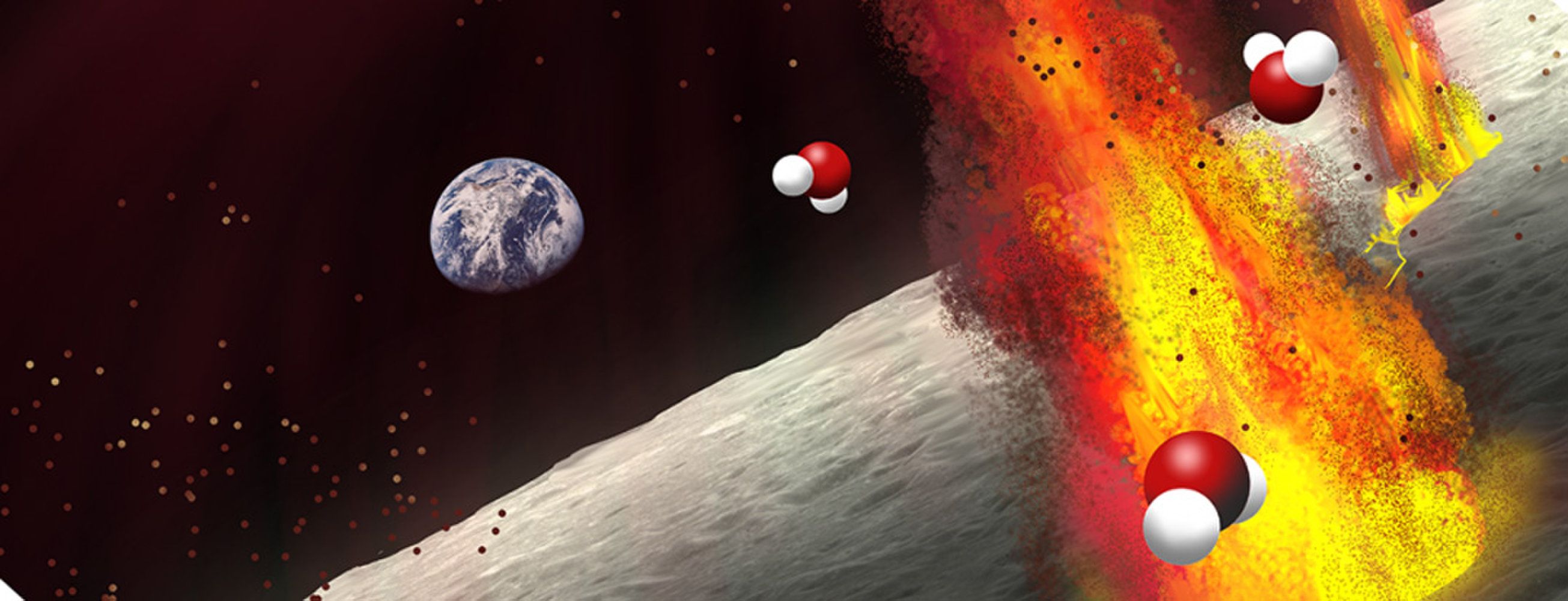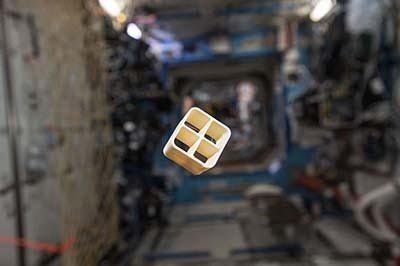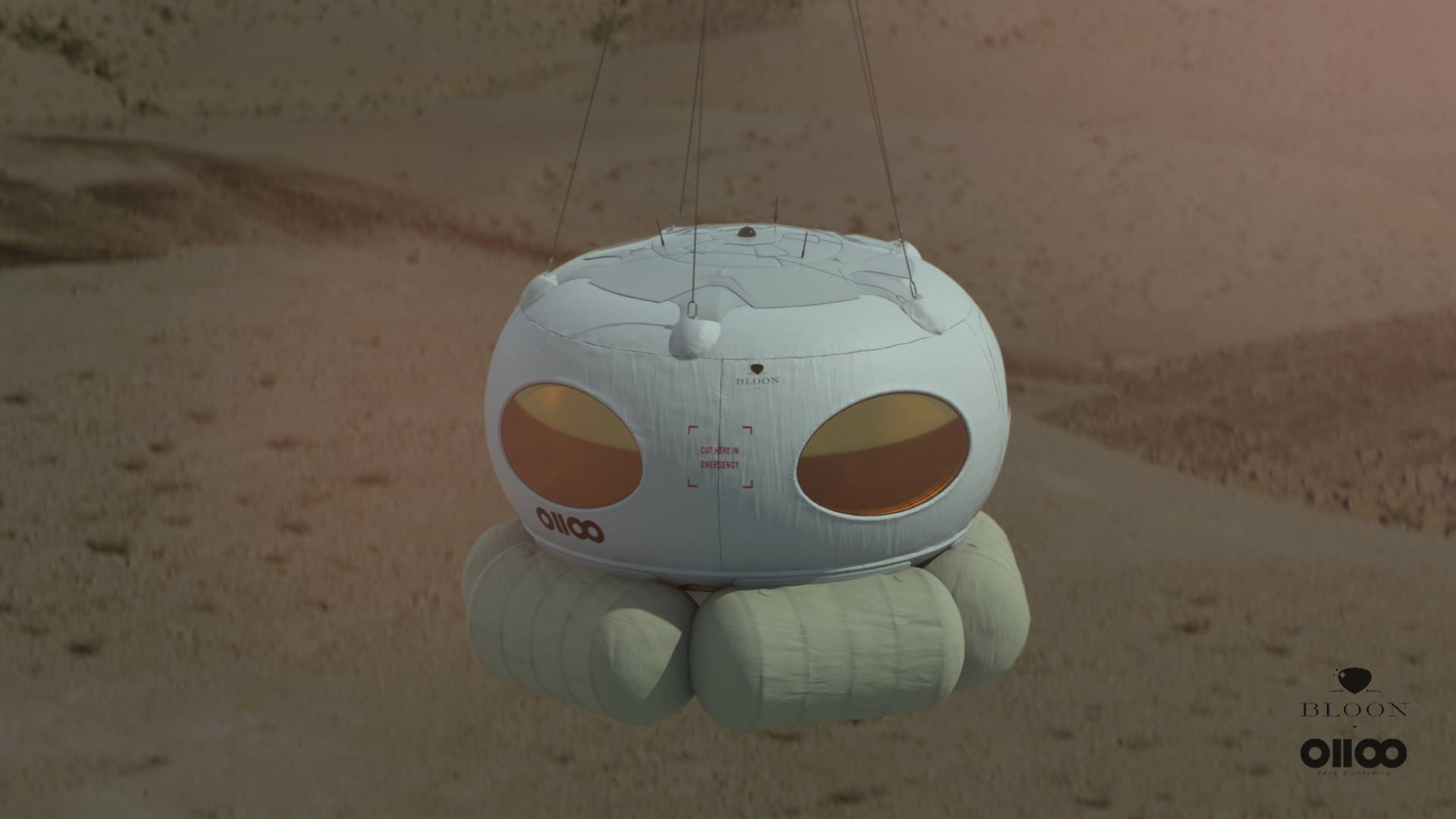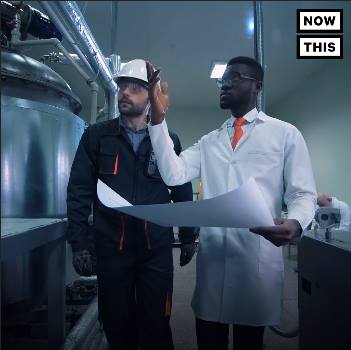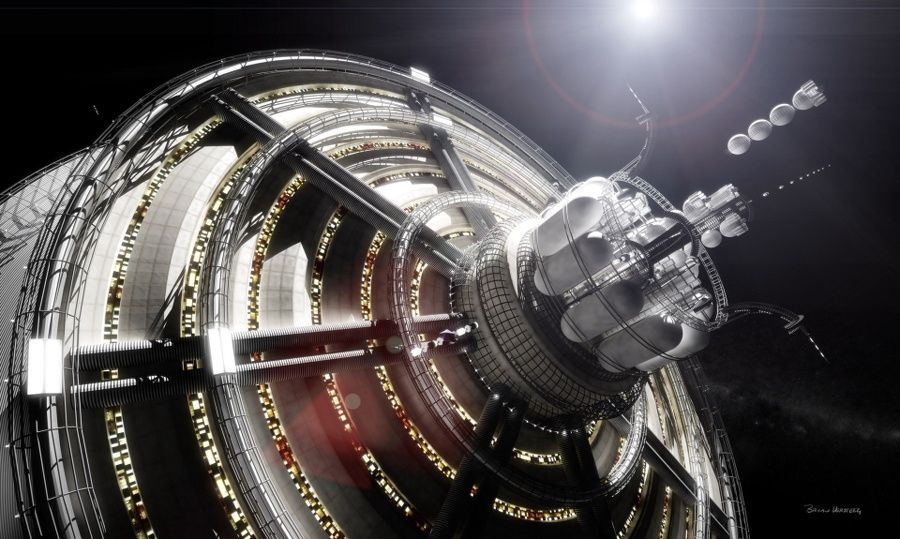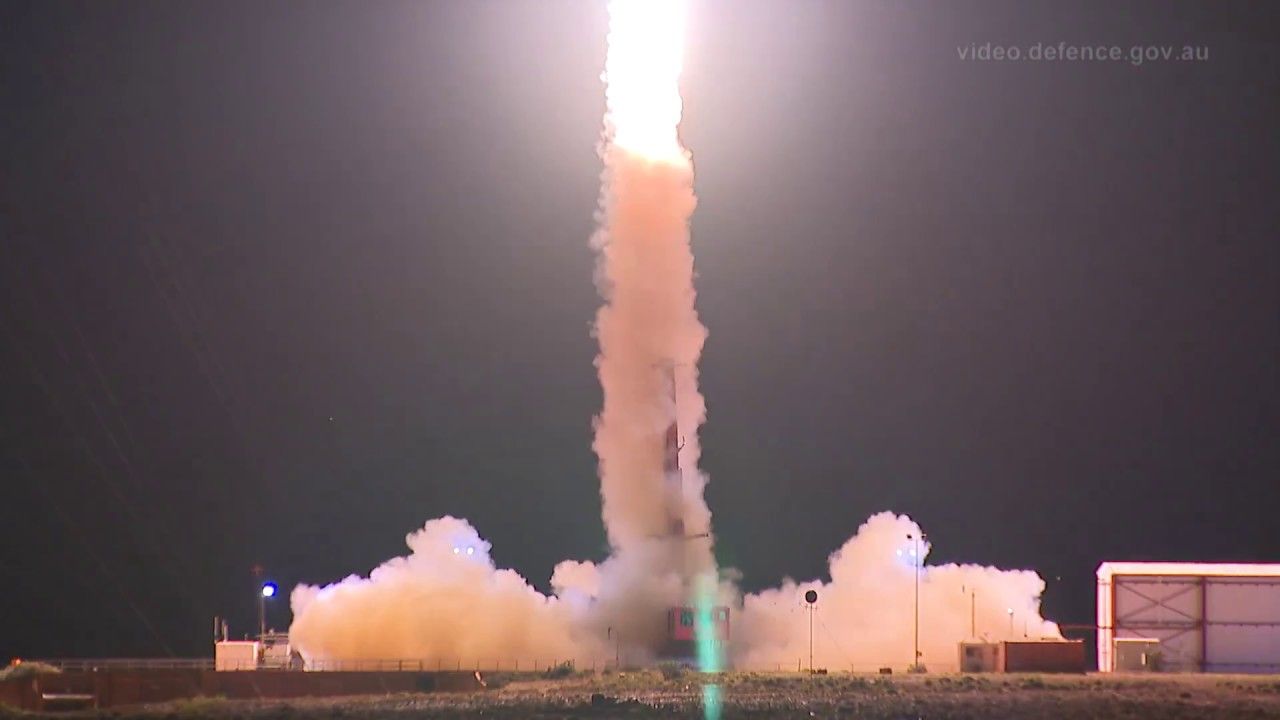Ancient volcanic deposits on the moon reveal new evidence about the lunar interior, suggesting it contains substantial amounts of water.
Using satellite data, scientists from Brown University studied lunar pyroclastic deposits, layers of rock that likely formed from large volcanic eruptions. The magma associated with these explosive events is carried to the moon’s surface from very deep within its interior, according to a study published today (July 24) in Nature Geoscience.
Previous studies have observed traces of water ice in shadowed regions at the lunar poles. However, this water is likely the result of hydrogen that comes from solar wind, according to the new study’s lead author, Ralph Milliken, a geologist at Brown University. The new research reveals there is likely a large amount of water in the moon’s mantle, as well. This suggests that the water was delivered to the moon very early in its formation, before it fully solidified, Milliken told Space.com. [Photos: The Search for Water on the Moon].
